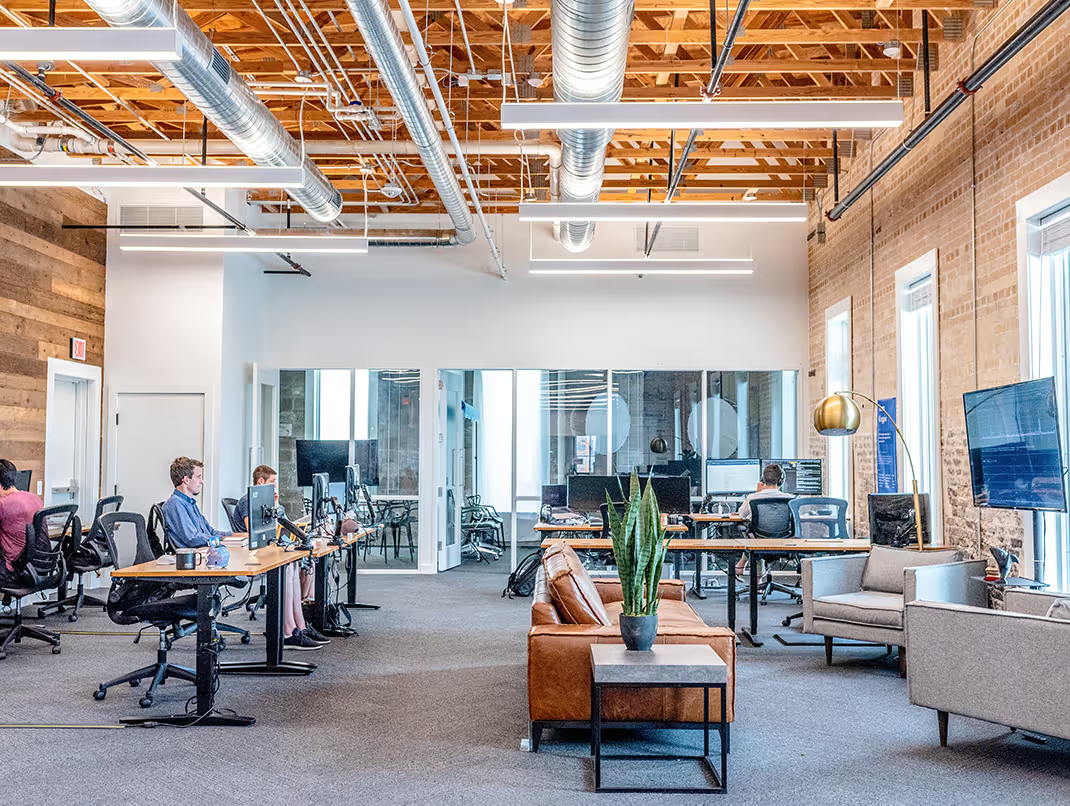Article
How to Get an Interview Without Connections

There’s a reason the saying exists: “It’s not what you know, it’s who you know.” With tools like LinkedIn available, everyone is seemingly connected by at least a few degrees of separation nowadays. Since 85% of jobs are filled through some form of networking, “who you know” is a relevant concept when it comes to an individual’s professional growth. We know what you’re thinking: “What happens when I find a great job at a great company, and I don’t know anyone who works there?” We’ve got the answer to that, too. If you’re stuck on how to differentiate yourself and get an interview without connections, here’s how you can move ahead.
Build your bank of references.
When job hunting, one of the first things you should do is build your bank of online professional references. We recommend using a website like WorkGrades to aggregate these references – you can request them via email and share your profile link with prospective employers.When requesting references, remember these things:
- Request references EVERY TIME you go into the job hunt. Don’t assume that your references from two years ago are ready for a reference call in the present day. You don’t want to catch anyone off guard, especially if they’re doing you this favor.
- Verify your reference’s current contact information – phone number and email is always best. This way, no prospective employer will be bending over backwards trying to track someone down.
- Remind them how you’re connected and what you’ve been up to lately, especially if it’s been a while since you’ve been in contact. This can help tailor their reference too.
Pro tip: When contacting your references, be sure to mention the types of jobs you’re applying to and companies you’re targeting. Your references might know someone who works there or have additional advice!
Tap into old connections.
If you’ve applied to a great job on LinkedIn and you see that someone in your network is connected with someone from that company, send them a quick InMail message explaining the job you applied to and request an introduction.Why an InMail and not an email? According to LinkedIn, InMail messages have a 300% better response rate than an email with the same content, simply because InMail inboxes are much less saturated than email inboxes – when’s the last time you received a free pizza delivery code in your InMail?Pro tip: When you’re applying to jobs, be sure to let people know outside of the professional world, too. If you’re out for drinks with a friend or getting coffee to catch up with someone, mention the industry and companies you’re looking for opportunities in. They might know someone who can point you in the right direction, or even a recruiter who can help!
Connect with people who work at that company.
After you apply to a job, conduct a LinkedIn search to find professionals that work for the company. Often, LinkedIn displays who the job poster is, so you can connect with them right after applying. If you applied to a job on a different platform, move to LinkedIn and search for that company’s profile.When you’re trying to make these connections, remember a few things:
- Be sure they work in the office you’re applying to work in.
- Try and tailor your search according to your job hunt. It’s great to connect with the Accounting Assistant, but odds are they’re not making hiring decisions in the Marketing department.
- If the job poster isn’t listed, try and find someone with a title related to HR or recruiting. Odds are, these are the individuals making the initial decisions for the first round of interviews.
Pro tip: Aside from connecting with the recruiter, use InMail to send a personalized message. This can serve as a shorter version of your cover letter.
Attend a networking event.
Almost 70% of professionals value in-person networking over the alternatives. If your dream company is attending or hosting a networking event, try attending so you can potentially make an introduction, and a good first impression. Always be sure to get contact information and business cards when you’re there too, so you can send a follow-up.Pro tip: When you apply to a job on LinkedIn, you automatically become a follower of this company. We recommend following all of the companies you apply to on LinkedIn – this way if they’re updating you on recruiting or networking events they’re having or attending you will know, and can shake their hand in person.
It can be intimidating when you find the perfect job and do not know how to get an interview without connections. It's important to remember that there are other avenues towards getting to where you need to go. Remember, you don’t have to be childhood best friends with the CEO to get the position you want.For more help on developing and expanding your existing network, check out our post on networking like a pro!





.png)

.png)